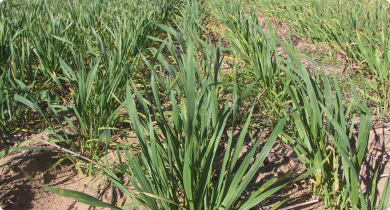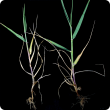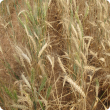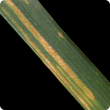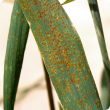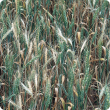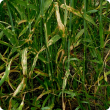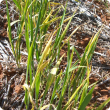Wheat
Wheat production accounts for 65% of total cereal production in Western Australia with about ten million tonnes generated annually in a rain-fed system across four million hectares of land.
About 95% of WA wheat is exported - predominantly to Asia and the Middle East - generating $2-5 billion in annual export earnings for the state.
Despite a decline in annual rainfall, the improvement in agronomic practices and development of new premium wheat varieties have enabled an increase in WA wheat yield over the past 30 years at a rate higher than world average.
The Department of Primary Industries and Regional Development has a strong research, development and extension focus on wheat production through its long history in wheat breeding - now privatised through Intergrain - and the development of wheat variety management packages for the state’s grain production zones.
Filter by search
Filter by topic
- (-) Remove Pests, weeds & diseases filter Pests, weeds & diseases
- Diseases (41) Apply Diseases filter
- Grains research & development (27) Apply Grains research & development filter
- Fungi (26) Apply Fungi filter
- Crop diseases (24) Apply Crop diseases filter
- Control methods (23) Apply Control methods filter
- Barley (20) Apply Barley filter
- Chemicals (17) Apply Chemicals filter
- Oats (13) Apply Oats filter
- Pests (11) Apply Pests filter
- Weeds (9) Apply Weeds filter
- Crop weeds (9) Apply Crop weeds filter
- Mechanical, physical and cultural (8) Apply Mechanical, physical and cultural filter
- Fungicides (7) Apply Fungicides filter
- Lupins (6) Apply Lupins filter
- Canola (6) Apply Canola filter
- Viruses & virus-like (5) Apply Viruses & virus-like filter
- Pest insects (5) Apply Pest insects filter
- Pulses (4) Apply Pulses filter
- Nematodes (4) Apply Nematodes filter
- Herbicides (3) Apply Herbicides filter
- Pastures (2) Apply Pastures filter
- Soils (2) Apply Soils filter
- Grains Research & Development (2) Apply Grains Research & Development filter
- Pasture management (2) Apply Pasture management filter
- Climate, land & water (2) Apply Climate, land & water filter
- Soil acidity (1) Apply Soil acidity filter
- Soil nutrients (1) Apply Soil nutrients filter
- Biological control (1) Apply Biological control filter
- Bacteria (1) Apply Bacteria filter
- Managing soils (1) Apply Managing soils filter


